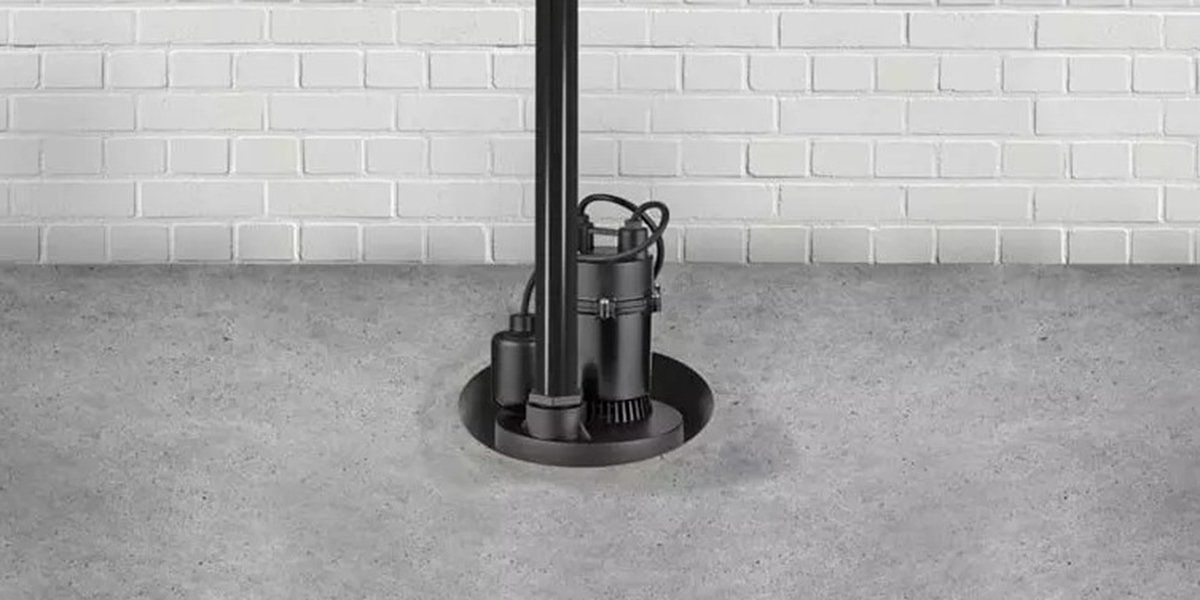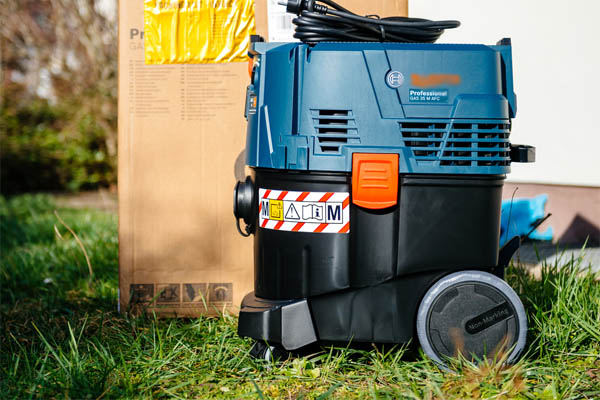Step-by-Step Instructions for Servicing a Sump Pump
Step-by-Step Instructions for Servicing a Sump Pump
Blog Article
Have you been looking for facts concerning Steps to Cleaning Your Sump Pump Properly?

Sump pumps are vital parts in many homes, especially in areas prone to flooding or extreme wetness. They assist stop water damages by effectively eliminating excess water from basements or crawl spaces. However, like any other appliance, sump pumps require normal upkeep to ensure they function effectively when required one of the most. Cleaning your sump pump is an essential part of its maintenance, and comprehending how to do it effectively can conserve you from costly fixings and potential disasters.
Introduction
Maintaining a tidy sump pump is vital for its appropriate functioning and durability. Neglecting this vital job can result in obstructions, malfunctions, and eventually, water damages to your residential or commercial property. Consequently, learning how to clean a sump pump is essential for property owners that count on these devices to maintain their basements completely dry and safeguarded.
Understanding the Sump Pump
Before diving right into the cleansing process, it's necessary to have a basic understanding of just how a sump pump works. Usually mounted in a pit or basin below the basement floor, a sump pump includes numerous essential parts, including a pump, a float switch, and a discharge pipe. When water builds up in the pit, the float button turns on the pump, which after that pumps the water out through the discharge pipeline, away from the structure's structure.
Signs of a Dirty Sump Pump
Understanding when your sump pump needs cleaning is vital for protecting against prospective breakdowns. Some typical indicators that suggest a filthy sump pump consist of strange noises throughout procedure, lowered water flow, and noticeable particles in the pit. If you discover any of these signs and symptoms, it's important to clean your sump pump promptly to prevent any kind of further problems.
Preparing for Cleaning
Prior to you begin cleaning your sump pump, it's vital to take some security preventative measures. Start by shutting down the power to the pump to avoid any kind of electric mishaps. Furthermore, put on appropriate protective equipment, such as handwear covers and goggles, to protect on your own from dust, particles, and prospective microorganisms.
Step-by-step Overview to Cleaning a Sump Pump
Shutting down the Power
Begin by separating the power supply to the sump pump to stop any type of crashes while cleaning.
Eliminating Particles and Dust
Make use of a bucket or a scoop to remove any visible debris, dirt, or debris from the sump pit. Dispose of the debris correctly to stop it from blocking the pump or the discharge pipeline.
Cleaning the Pump and Drift Switch
When the pit is free from debris, very carefully remove the pump from the pit. Examine the pump and the float button for any kind of signs of damage or wear. Utilize a soft brush or towel to clean the surfaces and eliminate any type of gathered crud.
Purging the System
After cleaning the pump and float switch, flush the sump pit with clean water to remove any staying dirt or sediment. This will help ensure that the pump runs efficiently and successfully.
Looking For Appropriate Functioning
Before re-installing the pump, do a quick test to make sure that the float switch activates the pump correctly. Put some water right into the sump pit and observe the pump's operation. If whatever is functioning properly, you can reassemble the pump and reconnect the power supply.
Maintenance Tips to Maintain Your Sump Pump Clean
Along with routine cleansing, there are a number of upkeep tips you can follow to maintain your sump pump in ideal condition:
Conclusion
Cleaning your sump pump is a vital facet of its upkeep and makes sure that it operates efficiently when you need it one of the most. By adhering to the steps described in this overview and including routine maintenance right into your routine, you can extend the life-span of your sump pump and safeguard your home from water damages.
6 STEPS ON HOW TO CLEAN A SUMP PUMP PROPERLY
UNDERSTANDING SUMP PUMPS
Your sump pump plays a crucial role in protecting your home by managing and removing excess water. It primarily functions as a “shield”, guarding your basement against the damaging effects of water accumulation. The pump is housed in a sump pit in the lowest part of your basement, and its job is to pump out any water that collects there.
During heavy rainfalls or when snow melts rapidly, water can infiltrate your basement, posing potential risks like flooding, structural damage, and harmful mold growth. Here, the sump pump springs into action, pumping out the intruding water and directing it away from your home.
SAFETY FIRST
Before cleaning, remember to prioritize safety. Disconnect the sump pump from the power source to prevent any accidental electric shocks. Also, wear sturdy gloves to protect your hands from any sharp or dirty components within the pump.
REMOVE THE SUMP PUMP
After ensuring your safety, the next step is to remove the sump pump from its pit. Doing this might require careful maneuvering as you don’t want to damage any pump components. Once removed, clean the sump pit to remove any accumulated debris or sludge.
INSPECT THE PUMP
Inspect the pump for any visible signs of wear or damage. Check the power cord, float switch, and impeller housing. If any components look worn out or damaged, consider replacing them to ensure optimal performance.
CLEAN THE PUMP
Thoroughly clean the pump with warm, soapy water. Make sure to rid it of any dirt, gravel, or other debris that might impede its performance. You can use a toothbrush to clean the small, hard-to-reach parts of the pump.
REINSTALL THE SUMP PUMP
Reinstall the pump into the sump pit Make sure it’s positioned correctly to remove the water effectively Once it’s back in place, reconnect it to the power source TEST THE PUMP
Finally, pour some water into the pit to ensure the pump works correctly. It should start automatically and begin pumping out the water; if it doesn’t, check the power source and the positioning of the pump.
Remember, while cleaning your sump pump is an essential part of home maintenance, hiring a professional plumber for a thorough inspection and cleaning at least once a year is also important. This will ensure that your pump is in optimal condition, ready to protect your home from potential water damage.
BEST PRACTICES FOR CLEANING SUMP PUMP DISCHARGE PIPES
Regular Inspection: Regularly inspect your discharge pipes, especially during heavy rainfall or snowmelt periods. Look for any signs of blockage or damage. Early detection of problems can prevent serious issues down the line. Periodic Cleaning: Over time, sediment and debris can accumulate in the discharge pipes, impeding the flow of water. Regular cleaning helps keep the pipes clear and functioning efficiently. You can use a high-pressure water jet to effectively clean the pipes. Insulation During Winter: In colder climates, discharge pipes can freeze, blocking the outflow of water. Protect your discharge pipes from freezing temperatures by insulating them with foam pipe insulation. This will ensure the sump pump can continue to discharge water even in freezing conditions. Proper Positioning: The discharge pipe should be positioned to direct water away from your home’s foundation. Improper positioning can lead to water seeping back into the basement. Ensure the pipe is long enough and angled correctly. Installation of a Check Valve: A check valve prevents water from flowing back into your sump pit after the pump has pushed it out. Installing a check valve helps maintain the efficiency of your sump pump and reduces the risk of flooding. Minimize Pipe Turns: Every curve or turn in the discharge pipe can decrease the efficiency of water flow. By minimizing turns and bends in your discharge pipe, you can increase the efficiency of your sump pump. https://www.fullspeedplumbing.com/how-to-clean-a-sump-pump-properly9999/

I hope you enjoyed our part about How to Care for Your Sump Pump. Thanks so much for spending some time to browse our post. Enjoyed reading our review? Please quickly share it. Help somebody else discover it. We enjoy reading our article about Steps to Cleaning Your Sump Pump Properly.
Top Article Report this page